3 steps to create your own AI use case
- Define your business goals
- Select the right tool(s)
- Do some pilot testing
Remember when the most talked-about artificial intelligence applications revolved around completing college-level writing assignments and winning game shows? Thanks to the rapid pace of technology development, we’ve come a long way since then.
Now, AI has advanced to the point where it’s become an invaluable tool in many facets of our lives, including the workplace. As of 2024, 72 percent of companies use AI for at least one business function, and half of those organizations use it for two functions (a significant increase over the previous year’s data). Research has shown there’s real value in AI adoption as long as your business is strategic about its AI implementation and use.
Whether your company is already using AI tools or not, the first step in making successful forward progress is to do your research. That includes understanding what this technology is capable of, learning how your competitors are using it successfully, and being aware of the benefits and obstacles associated with AI.
To help with that research, we’ve rounded up some of the most compelling AI use cases in various industries. We’ll also cover some of the benefits and challenges associated with AI tools and how you can get started implementing them.
What are AI use cases?
If you’ve ever had to buy a new software product, you know that tech websites and sales materials tend to focus on “features and benefits.” This information is vital for buyers, who need to know, for example, that a product has detailed dashboards or real-time data monitoring. But while feature lists are helpful, they don’t help potential buyers envision how they’ll interact with the product in their daily work.
That’s where use cases come in. They describe specific scenarios in which the software can be used and the outcomes users will see as a result.
In this instance, reading about AI use cases helps you see the various ways in which your business could leverage this technology. Without the distractions of technical details, you can learn how organizations like yours are benefiting from integrating AI into their daily operations.
For example, many AI use cases show how organizations use AI for problem-solving. Some business leaders use AI to simulate different courses of action and predict possible outcomes; others use it to gather and analyze large amounts of data, more than they typically would have access to. Both of these use cases assist leaders in solving complex business problems.
Many organizations are also incorporating AI into their data collection processes. Rather than relying on static forms to gather information for appointments, payments, and the like, they’re using Jotform AI Agents to conversationally guide people through form-filling exercises. This use case helps boost customer satisfaction and ensures greater accuracy in the data being collected.
Intrigued as to how your company could use AI? The following sampling of common use cases across sectors might spark some ideas.
Top AI use cases in various industries
The following industries are seeing the most value from AI tools, along with a brief selection of some of their most compelling use cases.
1. Healthcare
AI has made its way into virtually every aspect of healthcare, from doctor’s offices to operating rooms to medical research facilities. In particular, Jotform AI Agents in Healthcare can assist in data collection related to new patient forms, appointment forms, prescription requests, hospice care coordination, and more.
Other types of AI tools are also being used to
- Streamline the revenue cycle to more easily handle a high volume of claims
- Review imaging and produce results faster
- Remotely monitor patients to provide doctors with more data they can use to improve treatment plans
2. Retail
Retailers are embracing AI to help them meet evolving customer demands and operate more profitably. Jotform AI Agents in Retail are being used to gather information for product purchases, take food orders, handle sales inquiries, help track stock inventory, and more.
Other types of AI tools are also being used to
- Optimize recommendation systems to provide a more personalized shopping experience
- Converse with site visitors in real time to address customer questions quickly
- Track physical shopping cart items in stores to eliminate the checkout process
3. Finance
A data-driven sector to begin with, the finance industry was among the first to lean into AI. Jotform AI Agents in Finance are being used to collect donations, guide people through loan applications, take credit card information, streamline expense reporting, and more.
Other types of AI tools are also being used to
- Gather information on news and trends for help in decision-making
- Quickly and accurately extract data from receipts, invoices, and bank statements for reconciliation
- Cross-check balance sheets and financial statements
- Summarize regulatory reports, send personalized product messages to customers, and provide customer support via chatbots
4. Education
Although slower to adopt AI tools, educators are now finding that AI is a powerful tool for teaching and learning. Similar to professionals in other industries, school administrators are also using it to enhance productivity. Jotform AI Agents in Education are being used to collect enrollment information, create interactive quizzes, administer student surveys, book tutoring appointments, and more.
Other types of AI tools are also being used to
- Grade multiple-choice tests, create personalized lesson plans, and communicate with parents
- Summarize research sources and get immediate feedback on writing assignments
- Process and analyze school-wide data, generate reports, and summarize meetings
5. Manufacturing
Smarter, more efficient factories are key to profitability in the manufacturing sector. AI can help manufacturers achieve this by reducing costs and increasing productivity. Jotform AI Agents in Manufacturing are being used to collect quality control data, assist in taking equipment inventories, handle parts requests, collect data from suppliers, and more.
Other types of AI tools are also being used to
- Predict machine failures before they happen to avoid costly downtime
- Perform highly repetitive tasks quickly and with precision
- Automate quality checks to spot defects more quickly and accurately
- Create optimal work schedules that prioritize safety and meet production demands
6. Transportation
Safety, reliability, and efficiency are hallmarks of stellar transportation systems, yet they aren’t easy to attain. However, AI is driving progress in the right direction. Jotform AI Agents In Transportation are being used to book driving services, collect proof of delivery statements, schedule pickups, reserve bike rentals, and more.
Other types of AI tools are also being used to
- Match drivers with passengers in ride-sharing services, reducing waiting times and fuel consumption
- Predict future maintenance on buses and trains to ensure smooth operations
- Predict traffic patterns and adjust traffic signals dynamically to improve the flow of traffic
Looking for an AI tool that can be used in any industry?
As you can probably tell by now, one use case that applies to all industries has to do with filling out forms.
Every business in every industry uses forms for something: making appointments, completing purchase orders, gathering patient data, collecting feedback, and more. With Jotform AI Agents, you can turn those static forms into dynamic, conversational experiences without needing to write any code.
Imagine being able to guide every customer through your forms with a friendly service assistant. Not only is this helpful for customers, who can get all their questions answered immediately, but it’s also helpful for you in that it increases data accuracy as well as customer satisfaction.
Jotform AI Agents are trained with the data you provide, allowing them to capably ask questions and answer your customers’ queries. By using Jotform’s AI-powered tools, your business can collect information more intuitively, efficiently, and engagingly.
Jotform is one of the easiest ways to get started with AI. You can create an agent with just a few simple steps:
- To get rolling right away, choose one of our thousands of AI Agent templates or simply begin with an existing form. You can also create an AI Agent from scratch by adding details about its functionality and behavior.
- Train the AI with documents or URLs. The agent will draw answers from this knowledge base, which can include any type of content you like.
- Customize it with the Agent Builder. You can create and personalize your AI Agents to fit your needs, streamlining the data collection and interaction process.
There’s an AI Agent template for nearly every function in every industry, including
- Customer Service and Support: Feedback manager agents, customer support representatives, document upload agents, and more
- Healthcare and Wellness: Pharmacist agents, new patient agents, patient care coordinators, and more
- Retail and e-Commerce: Purchase order agents, sales associates, shopping survey agents, and more
- Finance: Loan application agents, credit card authorization agents, expense report agents, and more
- Education: School administrator agents, enrollment managers, student services coordinators, and more
Jotform AI Agents are used in many ways to enhance relationships with customers and communicate seamlessly and efficiently. Keep reading to learn more ways AI adoption can benefit you.
Benefits of AI adoption
The AI use cases listed in this article are just a sampling of the ways industries are currently using this technology. Every day, businesses continue to experiment with it in hopes of discovering even better outcomes. A majority of CEOs are already sold on the benefits of AI and expect it will help maintain or grow their revenue in the years ahead.
So far, AI applications have demonstrated their value by
- Helping to reduce costs: AI can ingest and analyze massive amounts of data, identifying patterns and spotting anomalies much better than a human could. As a result, AI can call attention to inefficiencies as well as opportunities. For example, when used in an office building, an AI system could turn lights on and off strategically based on real-time occupancy data, saving money on electric bills.
- Automating key processes: AI can complete certain processes automatically without human intervention. This reduces employees’ workloads while often resulting in smoother, more efficient workflows. For instance, a corporate accountant handling property taxes could use AI to classify the company’s thousands of assets, freeing up their time for more complex property-tax-related issues.
- Increasing customer satisfaction: Unlike humans, AI is capable of having thousands of conversations at once; imagine the impact this could have on your customer communications! Deploying trained chatbots on your company’s website means you can answer an unlimited number of customer questions and respond to feedback at all hours of the day. Additionally, you can harness AI’s data-processing capabilities to understand your customers better and personalize your service.
- Providing enhanced insights: AI can quickly access and analyze a treasure trove of resources and data points, both historical and current. Not only can it distill this information neatly for decision-makers, but it can also generate relevant recommendations and insights with regard to future outcomes. This capability aids decision-makers at all levels in making more informed choices so they can feel confident in the likely results.
Challenges of AI implementation
Before taking on any AI project, it’s important to be aware of challenges you might face. AI adoption can be a rocky road for businesses that aren’t well prepared. Some of the most common struggles are related to the following:
- High costs: Many organizations are surprised by the dramatic increase in spending required to support AI applications. AI consumes more energy than traditional applications, and there are also often costs associated with data collection and maintenance. If you’re just starting out, look for low-cost AI tools or free trials to determine the effectiveness of a solution early on, before making a big investment. Implementing new tools gradually can also help make AI more affordable.
- A lack of technical expertise: A recent survey revealed that 43 percent of employees feel they lack AI skills, yet they also believe employers aren’t providing effective training. What good is new technology if no one knows how to use it? The introduction of any new AI tool should include formal employee training as well as ongoing support. Also, consider incentivizing workers to experiment and collaborate with one another as they learn. It will help build a culture of learning that benefits everyone.
- Ethical concerns: AI introduces a host of ethical issues, some of which are extensions of existing concerns (like cybersecurity and data privacy) and others that are entirely new. For instance, organizations now need to be aware of possible bias in their AI tools. If your AI system is trained on biased data, its output likely incorporates that bias, which skews your end results. By occasionally testing your AI tools, you can uncover bias and make corrections as needed.
How to create your own AI use cases
By now you might already have some ideas as to how AI might fit into your workplace. Now it’s time to put those ideas to the test! Use the following steps as a blueprint to guide you through an implementation.
1. Start by defining your business goals
If you’ve been eyeing an AI tool already, it might be tempting to just buy and try. However, without first putting some thought into the bigger picture, the tool may not help move your business forward.
Think about what your company is trying to achieve. Is it working toward cost reductions, revenue increases, process optimizations, or something else? Consider the ways AI might be useful in meeting those objectives.
For example, if your company has a goal to improve customer satisfaction, an AI chatbot might be the answer. You can use it to handle FAQs, assist your customer service team in resolving complaints, and offer multilingual support. The faster response times and 24-7 availability could go a long way toward making your customers happier, thereby helping you reach your business goals.
2. Select the right tool(s)
There are hundreds of thousands of AI tools available. How can you choose the right ones for your AI use cases? The good news is that, by defining your business goals, you’ve already eliminated a vast number of them because their capabilities aren’t a good match.
Among those that remain, consider which will help you produce results relatively quickly, without a ton of effort. Seizing small-scale, high-impact opportunities will help build momentum around your AI efforts and get people on board with the change.
As you narrow the list of possible tools, also evaluate each tool on the following:
- Does it easily integrate with your current tech stack?
- Is it user-friendly, even for nontechnical people?
- Can it be customized fairly easily so it fits your company and your workflows?
- Does it have strong security features?
- Does it fit your budget?
After this, it’s likely you’ll end up with just a few top contenders to take into the next step.
3. Do some pilot testing
Now it’s time for the exciting part: testing your choices. Take advantage of free trials whenever possible so you can make an informed decision before purchase. Going into the testing phase, it’s important you have a clear vision of what success looks like so you can see how well a tool actually performs.
Using the example of a customer service chatbot, you could gather feedback from chatbot users about whether their problem was resolved and how they felt about the interaction. Their responses will reveal the effectiveness of this particular tool and are a good indicator of what you can expect going forward.
Also, evaluate how well the tool fits into your current processes. It should feel like a natural extension of your existing workflow.
Lastly, ask your own team to provide feedback. Was it easy to use? Do they see value in it? How did it impact their work? Their buy-in is crucial to making the most of your investment.
Discover what AI can do for your business
AI is fast becoming a mainstream technology that businesses can’t do without. Capitalizing on it now will ensure you stay competitive in a fast-changing world and even help your company grow.
Take action now by starting small. Choose bite-size, manageable test projects that will benefit your business, and scale those initiatives based on your level of success. Keep in mind that not all projects will work, but you can learn from the failures as well! Finding your company’s best AI use cases takes work, but it’s well worth the effort.
This article is for business leaders, operations managers, and professionals across industries who want to understand how AI is being applied in real-world scenarios. It’s especially useful for teams exploring practical ways to integrate AI into their workflows — from healthcare and finance to education, retail, and beyond.
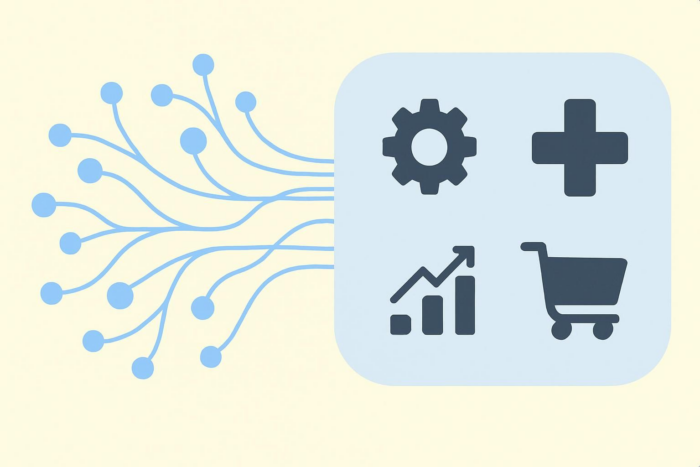











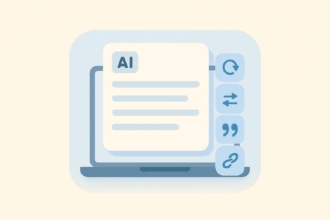


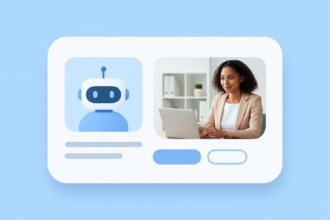
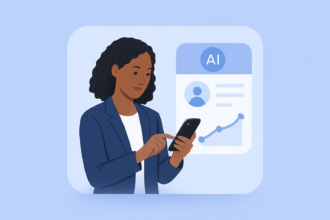


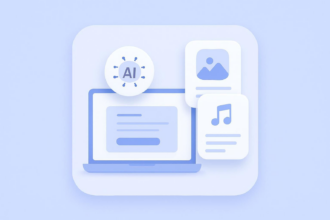







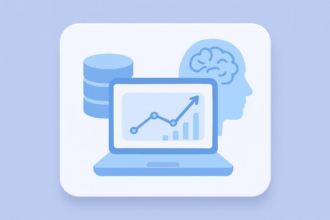



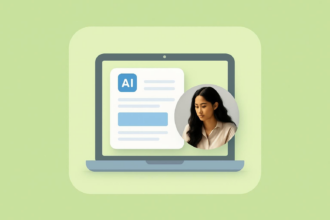











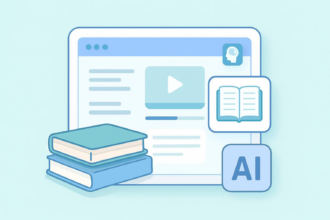
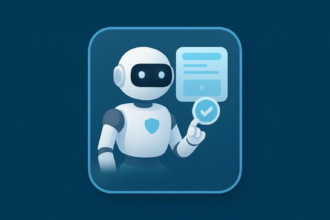






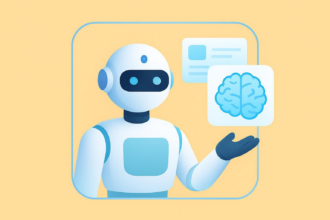


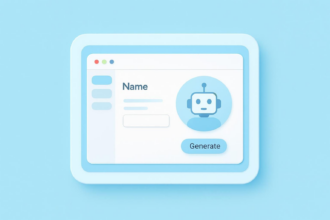
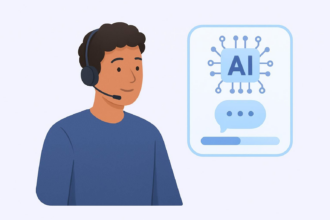






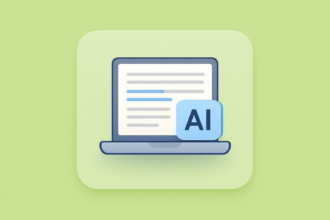

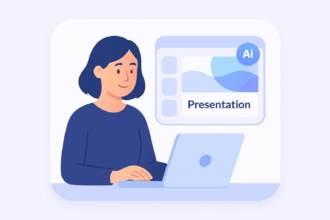









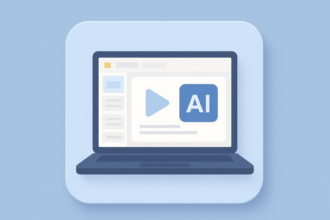
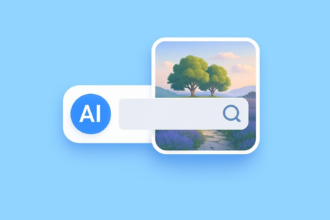




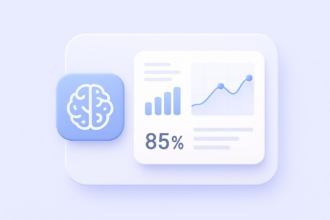
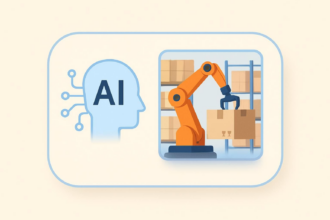
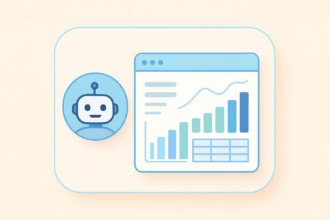




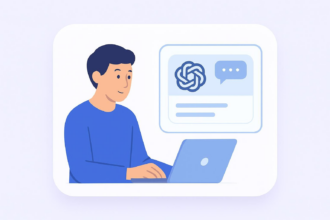





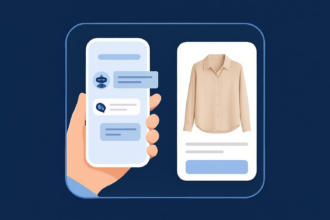




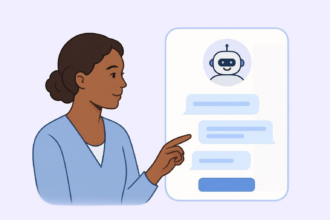



Send Comment: